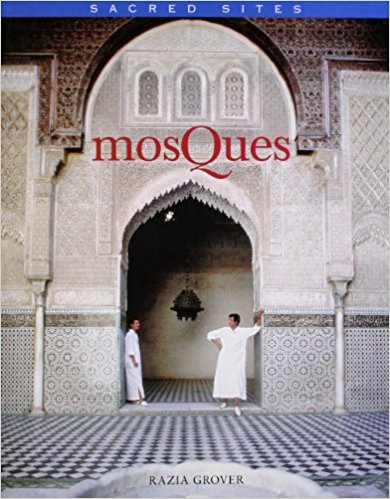Razia Grover’s Mosques is a generalist’s introduction to the subject, but in the serious tradition of illustrated surveys of art and architecture. Written more for the lay reader than the specialist of Islamic architecture, her effort is commendable for the fact that it emphasizes just how much more difficult it is to write a generally accessible book than a specialist one, picking those moments in a remarkably complicated narrative that would seem exemplary in a field where everything appears notoriously exquisite and representative of extremely attenuated local traditions. Grover’s work is richly foregrounded by what I call the Oleg Grabar school of Islamic art scholarship: what particularly comes to mind, for example, is Thames & Hudson’s scholarly sweep of Islamic art and architecture over the years, each of their books taking years to produce, and all of which serve only to highlight the simplicity, selectivity and economy that Grover brings to her more modest exposition.
The interested reader might consider two generalist works as a foil to Grover’s introduction, the first being Bernard Lewis’s edited volume, The World of Islam, published in 1976, and the second, Daniel Talbot Rice’s Islamic Art, (1965); and two specialist, edited works: George Michell’s Architecture of the Islamic World, (1978), and more recently an ambitious volume of essays co-edited by Martin Frishman and Hasan-Uddin Khan, entitled The Mosque. History, Architectural Development & Regional Diversity, out from T&H in 1994.

